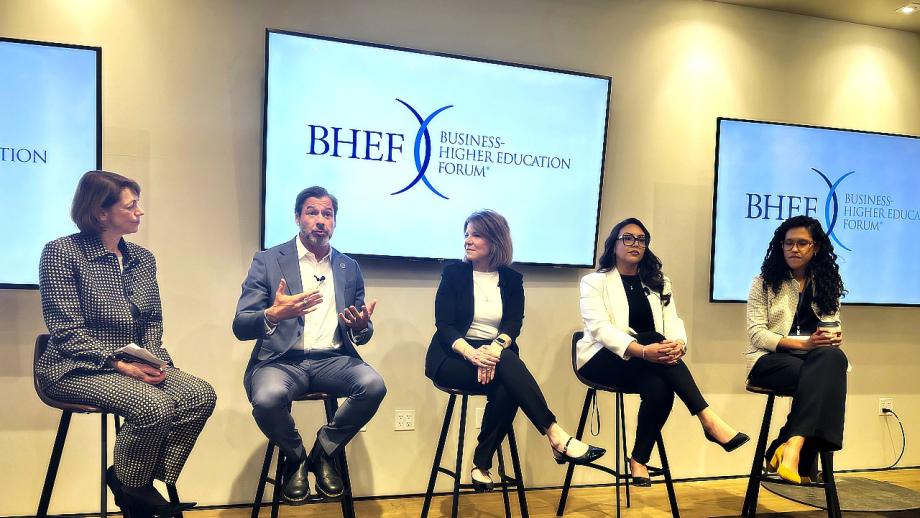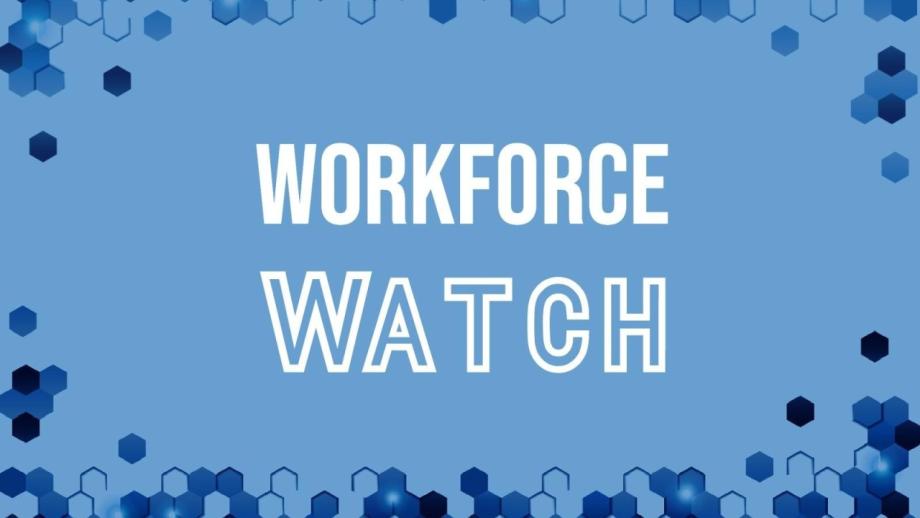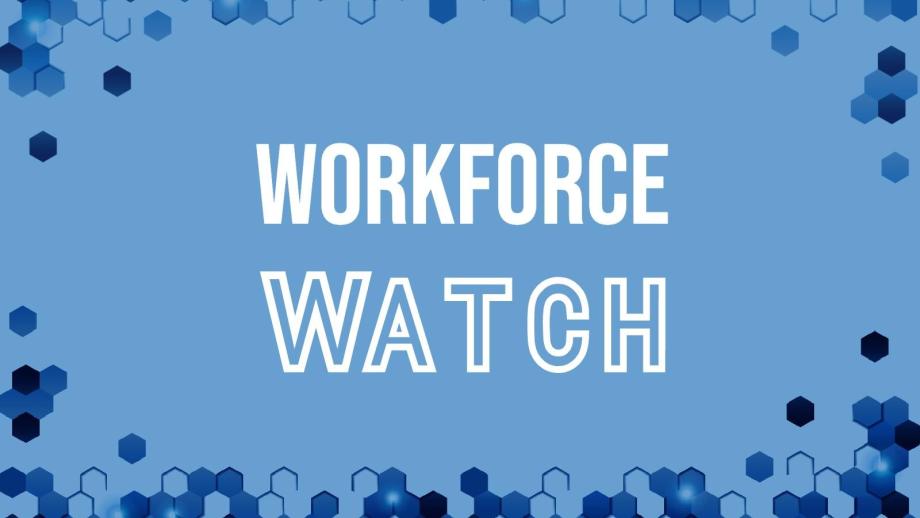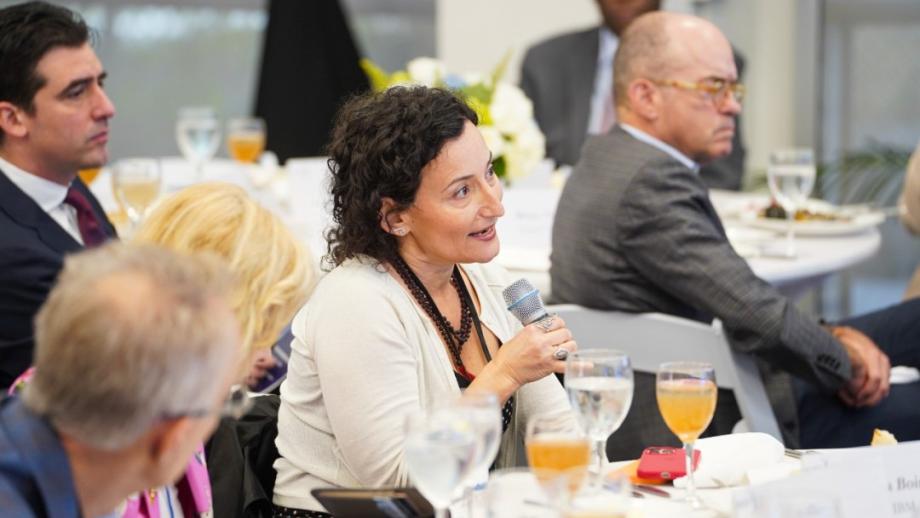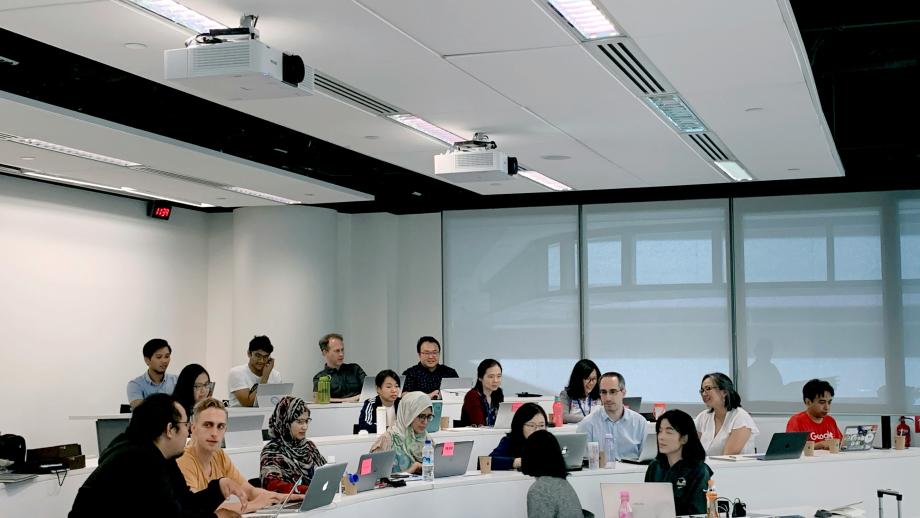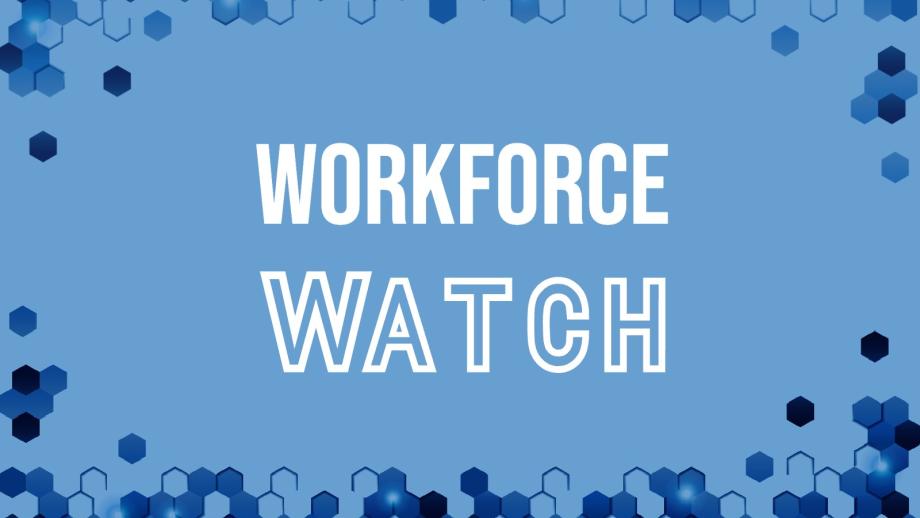Last week, the Business-Higher Education Forum hosted a virtual roundtable, gathering nearly 20 executives from across the country to discuss the evolving landscape of green skills and jobs of the future. The discussion featured a diverse group of our executive members and invited experts from global companies, utilities workforce directors, innovative public and private higher education institutions, the U.S. Department of Energy national laboratories, and regional business intermediaries. BHEF’s roundtable series connects national and regional leaders from diverse sectors to create a shared understanding of a challenge, foster new connections, and activate new energy to tackling the opportunity at hand.
This roundtable session focused on “Green Jobs of the Future.” Buoyed by hundreds of billions of federal investments, corporate strategies focused on sustainability, green jobs, and green skills are among the fastest growing in the economy. The discussion centered on how we can address skills needs and cultivate the next generation of green talent.
The discussion yielded several key insights:
- Leaders lack a way to frame the challenge: The concepts of green jobs and green skills are still vague and often misunderstood. A survey of attendees showed that nearly 80 percent of respondents felt their organization or region lacked a clear definition of green skills or jobs in their daily operations.
- Green skills, like AI skills, are diffuse and require interdisciplinary approaches: Both movements are diffuse, impacting nearly every facet of work. As BHEF noted in an earlier blog, green skills are impacting a wide range of occupations and industries, from professional services to public administration to engineering and sciences. Often these roles require technical skills and durable skills, and most require postsecondary education. Participants stressed the importance of co-designing interdisciplinary pathways with experiential learning practices like apprenticeships, work-based learning (WBL), and internships to acquire both technical and durable skills and to ensure exposure to emerging skill areas developing in real time.
- Green skills and jobs are as much about values as work: Leaders noted a cultural shift regarding green skills and jobs, especially among younger generations. Globally, young learners and workers prioritize climate-ready programs and climate-engaged employers. They seek higher education institutions and employers who champion climate as a core value. However, they often are not as clear on what the career paths that lead to green jobs consist of, pointing to need for clarity.
- Career maps tell the story: Participants emphasized the need to define career paths—not just skills or individual jobs. Career maps make it easier for employers, higher education institutions, learners, and workers to align around common needs and deliver shared value in the form of high-quality careers. Utility companies noted that many of their roles already started this skills transition. Additionally, data from LinkedIn shows that many jobs in the green space are not net new; instead, green skills transformed or impacted existing types of occupations. Put in other words, the civil engineer now needs to know how to build a climate resilient bridge or the insurance underwriter must assess risk in a changing climate risk model. Thoughtfully using skill adjacencies to not only train incoming workers, but to also upskill and reskill the incumbent workforce, can help close the talent gap.
- Creating inclusive paths into jobs is a challenge in the Green Economy: There was interest in identifying pathways for non-traditional talent, but the data shows a large gender and generational gap with talent who have green skills and who are employed in the green economy. Additionally, many available jobs require work outside of the traditional 9-5 schedule and require additional support structures, like extended child-care hours, for net new talent to access these kinds of jobs. Workforce pathway strategies to fill new and evolving green jobs require taking a holistic look at the learner and worker experience and building pathways across learning and working contexts.
Critically, no sector can go it alone in this conversation. BHEF helps to connect national, state, and regional leaders from a wide array of sectors to create a shared understanding of a challenge, foster new connections, and activate new energy to tackling the opportunity at hand. Join BHEF as we look into:
- Establishing a new green skills framework to identify green job career paths and the skills essential to them.
- Connecting regional leaders to peers championing green skills.
- Establishing a national green skills community of practice for regional business, higher education, and intermediary leaders.
Interested in learning more? Contact Frank Avery, managing director, at frank.avery@bhef.com.
